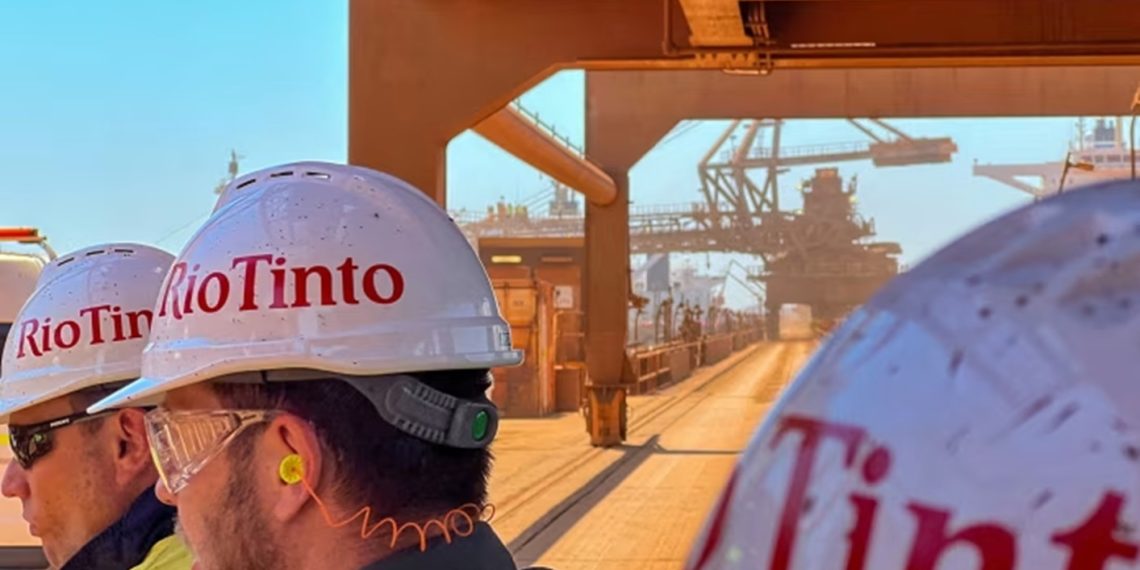Rio Tinto (LSE: RIO | ASX: RIO) has hit headlines once again, with news that the megacompany will at last commence infrastructure development on its Simandou iron ore project in Guinea after nearly 30 years of delays and controversies.
The project, poised to be the world’s largest new iron ore mine, is a collaboration between Rio Tinto, the Guinean government, and at least seven other companies, including five from China. Rio Tinto reported in December that initial funding of US$11.6B would be required for the projects’ development.
Rio Tinto executive committee lead for Guinea and copper chief executive Bold Baatar said: “We are continuing to work closely with the Government of Guinea, Chinalco, Baowu, and WCS towards full sanction of this world class project by all partners,”
“Simandou will deliver a significant new source of high-grade iron ore that will strengthen Rio Tinto’s portfolio for the decarbonization of the steel industry, along with trans-Guinean rail and port infrastructure that can make a significant contribution to the country’s economic development.”
Rio Tinto first obtained an exploration licence for Simandou in 1997. Since then, the country has witnessed two coup d’état, four heads of state, and three presidential elections.
Upon receiving final approval from Beijing, Rio’s state-owned Chinese partners plan to kickstart the most complex project in the company’s history. Bold Baatar told the Financial Times, “There is nothing else out there of this scale and size.”
Rio Tinto aims to establish one iron ore mine at the Simfer project in collaboration with a consortium led by Chinalco. A second mine, the WCS project, will be constructed by Baowu in partnership with a consortium led by the Singapore-based Winning International Group. The parties also plan to jointly finance the construction of a 552km railway.
Baatar expressed to the Financial Times that Simandou has the potential to aid in the decarbonization of the Chinese steel industry. He stated, “A part of the ore body that we’re looking at is very suitable, we think, for direct reduction iron,” adding, “The only way the steelmaking industry globally decarbonizes is if China decarbonizes.”
First production from the two blocks co-owned by Rio Tinto is projected to increase over 30 months from 2025 and is slotted at an annualized capacity of 60Mtpa. The company anticipates its share of the production to be 27Mt.












